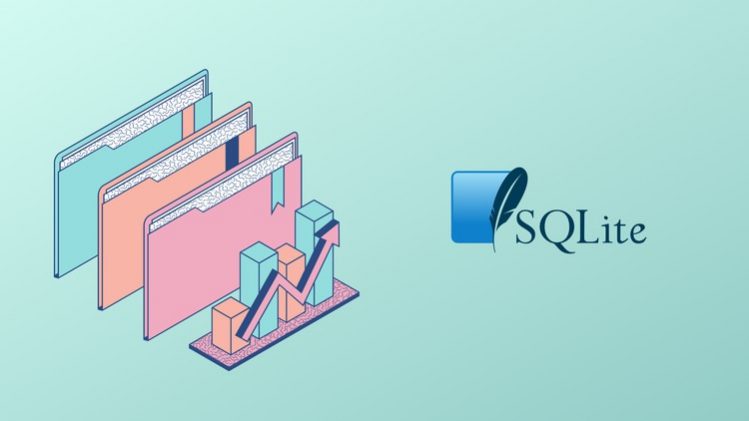
solve over 150 exercises in SQL and databases
test yourself in DDL (Data Definition Language) and DML (Data Manipulation Language)
test yourself in creating tables
test yourself in defining column/table constraints
test yourself in working with master and foreign keys
test yourself in inserting, modifying and deleting records
test yourself in creating views, triggers
work with documentation and Stack Overflow
deal with real programming problems
guaranteed instructor support
Welcome to the SQL Bootcamp – Hands-On Exercises – SQLite – Part II course, where you can test your SQL programming skills. This is the second part of the SQL Bootcamp – Hands-On Exercises series. The exercises in this part are mainly focused on creating DDL and DML queries to the database.
The course is designed for people who have basic knowledge in SQL and it consists of over 150 exercises with solutions.
This is a great test for people who are learning SQL and are looking for new challenges. Exercises are also a good test before the interview. Many popular topics were covered in this course. Knowledge of SQL is one of the most desirable technical skills on the job market. If you’re wondering if it’s worth taking a step towards SQL and databases, don’t hesitate any longer and take the challenge today.
SQLite
SQLite is an in-process library that implements a self-contained, serverless, zero-configuration, transactional SQL database engine. The code for SQLite is in the public domain and is thus free for use for any purpose, commercial or private. SQLite is the most widely deployed database in the world with more applications than we can count, including several high-profile projects.
SQLite is an embedded SQL database engine. Unlike most other SQL databases, SQLite does not have a separate server process. SQLite reads and writes directly to ordinary disk files. A complete SQL database with multiple tables, indices, triggers, and views, is contained in a single disk file. The database file format is cross-platform – you can freely copy a database between 32-bit and 64-bit systems.






